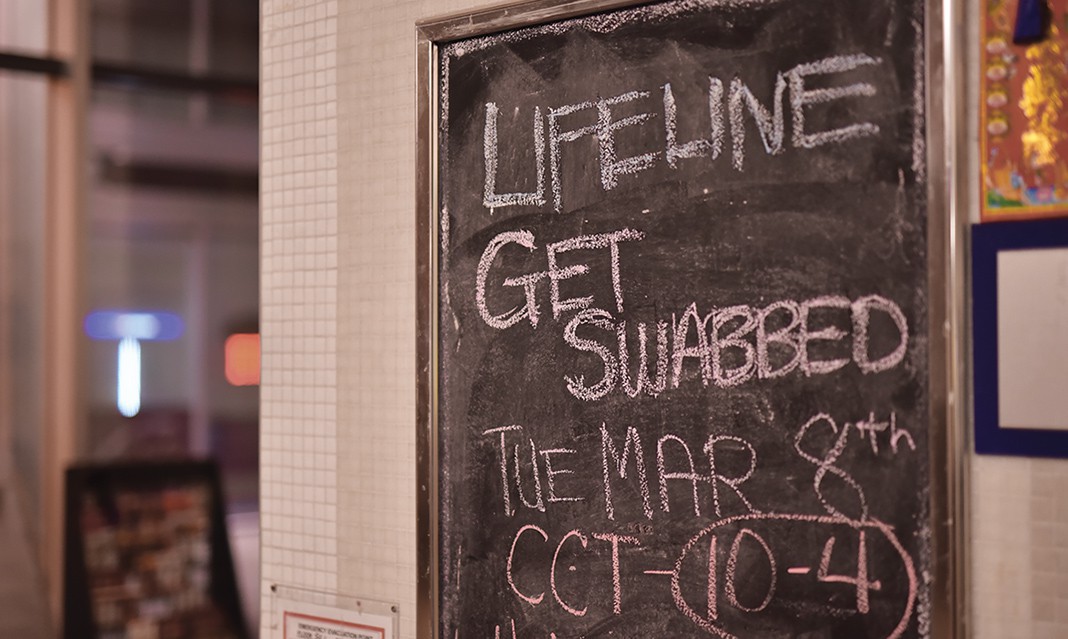Lifeline: UTM Blood and Stem Cell Society saw an increased number of students registering to become stem cell donors in support of their annual campaign this year.
According to Anmol Biajar, co-president of Lifeline UTM and fourth-year life sciences student, the turnout was significantly higher this year. Approximately 167 students registered by 3 p.m. on Tuesday, while only 70 students had registered around the same time last year. By the end of the day, 204 students had registered.
Students had their cheeks swabbed in the CCT building to join a network of donors by registering with OneMatch Stem Cell and Marrow Network.
In an interview with The Medium, Biajar discussed the face of this year’s campaign: a seven-year-old boy named Nate with a rare condition called Fanconi anemia. If he doesn’t find a donor, Nate may have up to three years to live. According to Biajar, Nate and his father attended a select number of lectures to speak to students.
“This year, UTM has outdone itself. We’ve broken our blood donor clinic record and stem cell clinic record all because of the amazing work of the executive team and support received from the UTM community,” said Biajar. “I want to thank the UTM community [for] giving hope to kids like Nate.”
Nate’s story inspired first-year political science student Ramneek Bhoday and a friend to register.
“If we were in that situation, we would want someone to do the same,” said Bhoday.
Lilet Raffiñan, territory manager of the Canadian Blood Services, explained that samples collected will go to a laboratory to get tested for human leukocyte antigens, which are “inherited genetic markers” that determine whether donors are matched with any patients. If matches are found, stem cells would be taken out of the blood and stored in the Canadian Blood Services Bank.
“There are close to 1,000 patients waiting for a stem transplant, and their chances of finding a match within their family is only about 25 percent, but their chances of finding a match within their ethnicity is much greater,” said Raffiñan, who also explained that stem cell donor information is available worldwide, allowing patients around the globe to find a potential match.
Those who were not able to get swabbed on Tuesday and are interested in becoming a donor can still visit the Heartland Blood Donor Clinic to register.



